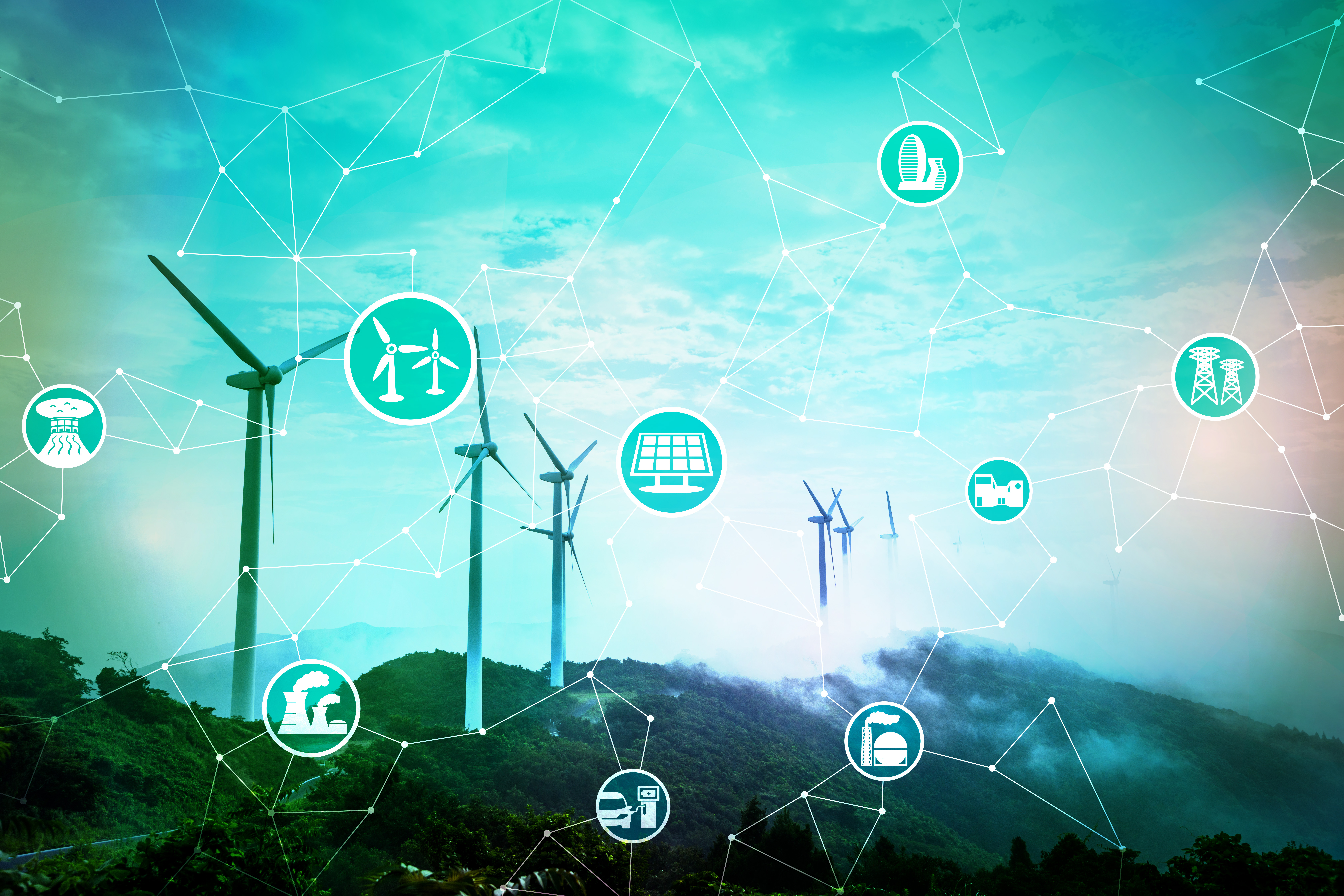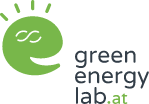Sector coupling – an essential contribution to the energy transition
Reduce emissions in the transport sector with electricity from renewable energy sources? Or use biomass for industrial processes?

© iStock.com/metamorworks
The much discussed solution of the so-called “sector coupling” is intended to make exactly that possible and at the same time make a significant contribution to the decarbonization of our energy generation and consumption. Because in order to completely replace fossil fuels, electricity from renewable energies must also be made usable for transport and heating – i.e. across rigid boundaries of sectors (= sector coupling). After all, half of the non-renewable energy consumption in Austria is caused by the “heating and cooling” segment.
The background to this is that renewable energy sources are volatile and therefore generate different amounts of energy at different times, even when it cannot be used and is therefore lost. If necessary, even power plants have to be cordoned off. Modern storage technologies and sector coupling, i.e. a technical and economic networking of the electricity, heat and transport sectors, should help to make better use of renewable energy; to make the system more efficient.
Energy use beyond sector boundaries
As an essential building block for the energy transition, there is a strong focus on sector coupling at Green Energy Lab. Here the research initiative is continuously implementing forward-looking projects, such as the coupling of the mobility and electricity sectors. The AC/DC project develops and tests, for example, intelligent, bi-directional charging technologies in order to be able to optimally integrate them into local energy networks. In the lead project Car2Flex, bi-directional DC charging stations are also being developed and charging strategies are being tested for three use cases in the field of electromobility.
In the field of energy communities, in which photovoltaics are converted into hydrogen, among other things, the Hybrid LSC project demonstrates the use of the flexibility and energy efficiency potential of “Local Sustainable Communities” (LSCs) for the energy system. The focus is on several demonstration locations; at the Vienna location, the use of the potential is being investigated on the basis of buildings with thermal component activation. In this way, fluctuating available energy can be better used. The Energy Cell JOHANN project is also part of the thematic area. The ideal system of a decentralized and controllable energy unit for electricity and heat including seasonal storage is shown. The energy cell will be demonstrated in four different applications and prepared for market launch.
The innovation laboratory implements further projects in the field of sector coupling between the sectors of electricity from wind energy and heat. As part of the Hybrid DH Demo project, innovative business models are being developed in connection with the energy source wind for a hybrid district heating system at the Neusiedl am See location. The Heat Water Storage Pooling project examines and demonstrates the reduction of negative effects resulting from the volatility and forecast inaccuracy of electricity generation from wind turbines using an integrated pooling approach for heat storage.
“With new market designs for regional energy systems and their practical testing in our projects, we are setting the course for our energy future – blockchain grid, hot water storage pooling, energy hubs or spatial energy planning – sector coupling in the field of electricity, heat and mobility is an essential component ”, says Susanne Supper, Cluster Manager in the Green Energy Lab.
Here you will find a continuously updated overview of all projects.
